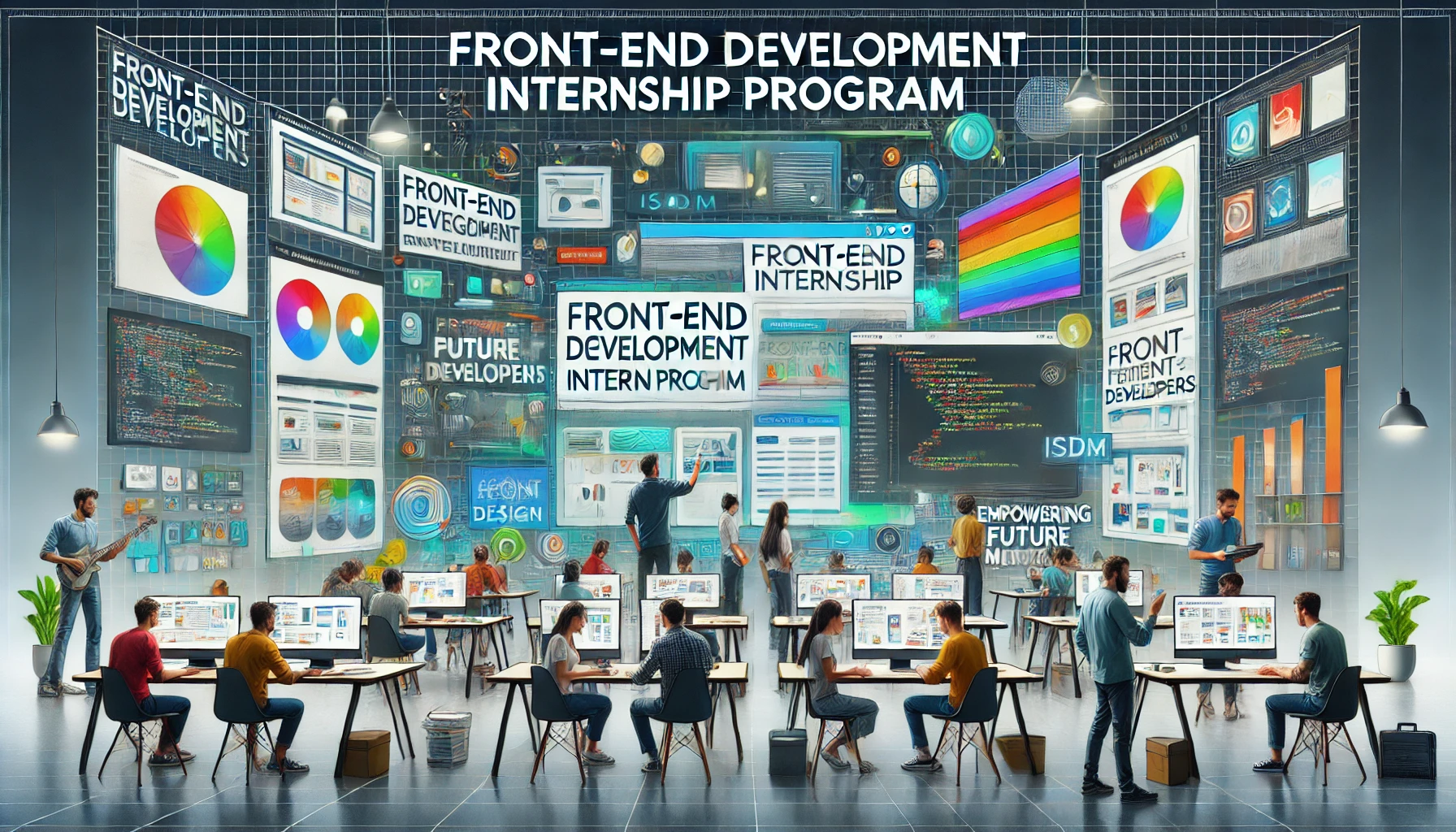Table of Contents
ToggleCertificate Course in Web Design with PHP
php courses|learn php|oop php|learn laravel|laravel course|php for beginners
udemy php|php training|php full course|learn php online|advanced php
php developer course|php online course|learning php mysql & javascript|php course free|php certification course|php classes near me|php class and object|learning php mysql javascript css & html5|php course near me|php online course free|php hindi|learning php mysql and javascript|php web designing|php online classes|php basic programming|About : Certificate Course in Web Design with PHP
A Certificate Course in Web Design with PHP is a program that combines web design principles with practical training in PHP (Hypertext Preprocessor), a server-side scripting language commonly used for web development. Here are some key aspects of such a certificate course:
Web Design Principles: The course covers the fundamentals of web design, including HTML, CSS, and JavaScript. Students learn how to create visually appealing and interactive websites.
PHP Programming: The inclusion of PHP introduces students to server-side scripting, allowing them to create dynamic and data-driven web pages. PHP is often used in conjunction with databases to build robust web applications.
Database Integration: Students learn how to integrate PHP with databases such as MySQL. This skill is essential for creating dynamic websites that can interact with and retrieve data from a database.
Server-Side Development: The focus on PHP means that students gain expertise in server-side development, enabling them to handle processes and tasks on the server to enhance the functionality of web applications.
Content Management Systems (CMS): Some courses may explore the integration of PHP with popular content management systems like WordPress or Joomla. This knowledge is valuable for those interested in website customization and development.
Security Best Practices: Given the interactive nature of PHP and its involvement in server-side processes, the course may cover security best practices to ensure the development of secure web applications.
Project Work: Practical application of skills through hands-on projects. This could involve building dynamic websites, creating web applications, or customizing content management systems.
Duration: The duration of a Certificate Course in Web Design with PHP can vary but is typically designed to be completed in a few months.
Career Opportunities: Graduates can pursue roles such as Web Developer, PHP Developer, Front-End Developer, or Full-Stack Developer. The combination of web design and PHP skills makes individuals versatile in the development process.
Portfolio Development: Building a portfolio showcasing projects developed during the course is often encouraged. This portfolio can be valuable when seeking employment or freelance opportunities.
Industry-Relevant Tools: Familiarity with industry-relevant tools and frameworks used in PHP development, such as Laravel or CodeIgniter, may be included in the curriculum.
Completing a course that combines web design with PHP provides a well-rounded skill set, allowing individuals to create visually appealing and functional websites with dynamic content. If you have specific questions about web design, PHP, or anything else related to this field, feel free to ask!
Certificate Course in Web Design with PHP
Objectives & Learning Outcomes
Web Terms – Website, Design, Development, Domain, SSL, Domain
Privacy Hosting
Introductiono to Visual Designing
Introduction to Photoshop
Introduction to Web Designing
Advance Web Designing Challenges
HTML Basic
HTML Advance
HTML & HTML5 Advance
HTML & HTML5 Expert
Introduction to CSS
Practical / Theory Ratio
Carrer Options in Certificate Course in Web Design with PHP
Completing a Certificate Course in Web Design with PHP opens up various career options at the intersection of web design and server-side development. Here are potential career paths:
Web Developer: As a web developer, you can create dynamic and interactive websites by combining your web design skills with PHP for server-side scripting. You may work on both front-end and back-end development.
PHP Developer: Specialize in PHP development, focusing on creating server-side scripts and applications. PHP developers often work on building and maintaining the functionality of websites and web applications.
Front-End Developer: Focus on the client-side development of websites, using your web design skills to create visually appealing user interfaces. Your PHP knowledge can also be valuable when working on projects that involve both front-end and back-end development.
Full-Stack Developer: Combine your skills in web design and PHP to become a full-stack developer, capable of handling both the client and server sides of web development. This role is versatile and in high demand.
Content Management System (CMS) Developer: Work with popular CMS platforms like WordPress or Joomla, utilizing your PHP skills to customize and extend the functionality of websites built on these systems.
E-commerce Developer: Specialize in developing e-commerce websites using PHP and web design principles. This role may involve creating custom features, integrating payment gateways, and optimizing the user experience for online shoppers.
Web Application Developer: Develop web applications that provide specific functionalities or services. PHP can be used to handle the server-side logic of these applications.
Database Developer: Combine PHP with database skills to become a database developer. You would be involved in designing, implementing, and maintaining databases that interact with PHP-based web applications.
Freelance Developer: Offer your services as a freelance developer, working on projects that require both web design and PHP development. This provides flexibility and the opportunity to work on diverse projects.
Web Development Instructor: Share your knowledge by becoming an instructor in web development courses, teaching others the skills you’ve acquired in web design and PHP.
Start Your Own Web Development Business: Utilize your skills to start your own web development business, offering services to clients or developing your own web-based products.
Keep in mind that the field of web development is dynamic, and staying updated on the latest technologies and trends is essential for career growth. Building a strong portfolio that showcases your projects and skills is also crucial when entering the job market or seeking freelance opportunities. If you have specific questions or if there’s a particular career path you’re interested in, feel free to let me know!
Course Fee Certificate Course in Web Design with PHP
₹ 10,000 – ₹ 15,000
Find Course Fee
in your City !
More Enquiry
Enter your
Details
Also Read
Internship: Front-End Development Internship Program
Introduction to Front-End Development Internship Program The Front-End Development Internship Program is designed to equip…
Internship: Web Development Internship Program
The Web Development Internship Program is designed to equip students with hands-on experience in building…
Internship: Full Stack Development Internship
Duration: 30 Working Days Includes: Practical Sessions, Live Projects, Certificate and Report Week 1: Introduction…
Internship: Executive Management Internship Program:
Week 1: Foundations of Executive Leadership Day 1: Program Orientation & Introduction to Executive Management…












